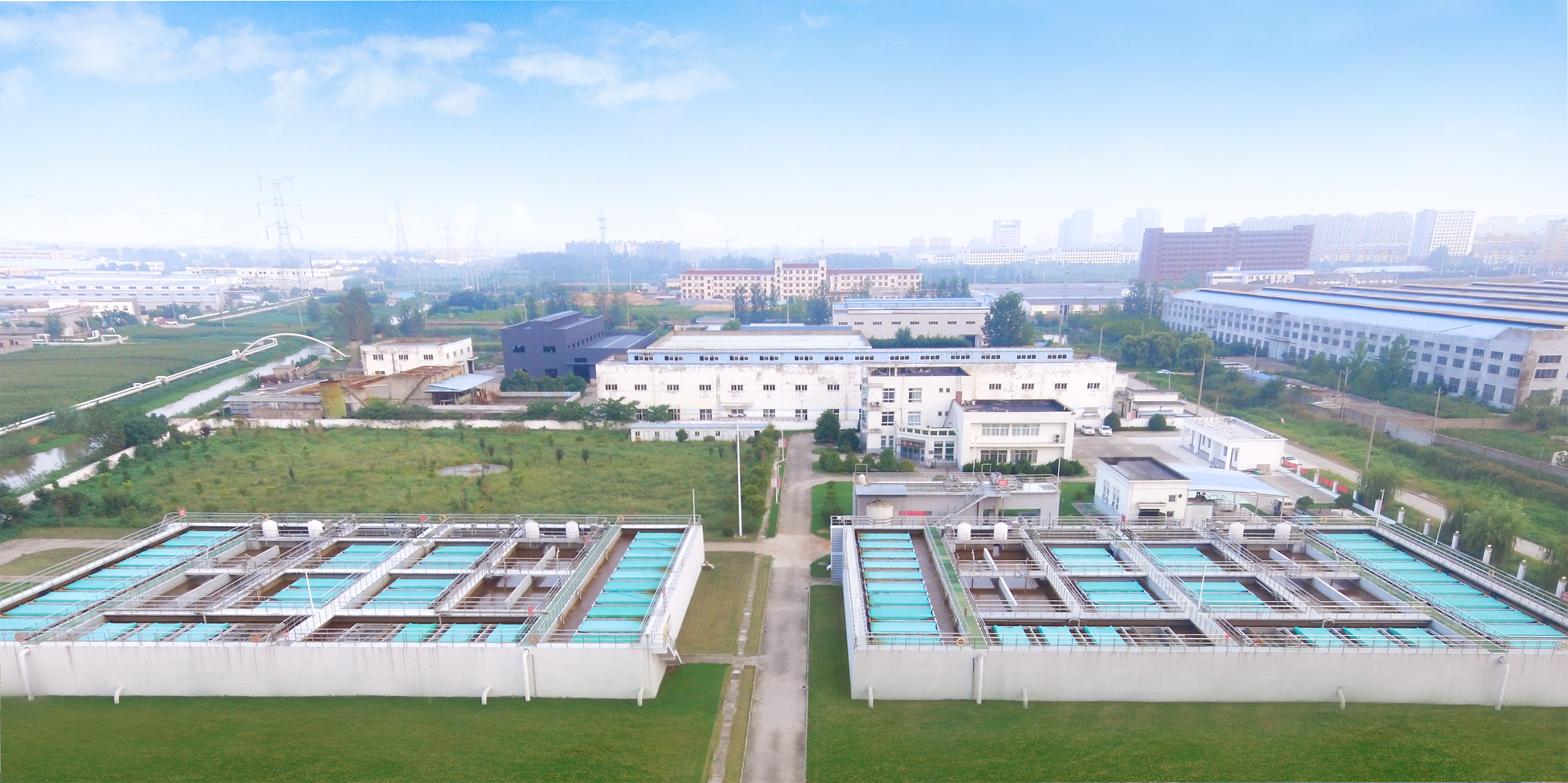 LOADING...
LOADING...
 DATE:2023年12月01日
DATE:2023年12月01日
Urbanization is a defining feature of the modern age. The relentless rise in population density has placed tremendous demands on our water resources and wastewater treatment systems, presenting an urgent need to develop innovative solutions that can both protect our rivers and save money. In this blog post, we will take a closer look at the urbanization challenges being faced around the world and consider some of the new waste-water treatment technologies that are helping to address them –Rapid biochemical sewage treatment technology and equipment.We'll also discuss how cities can deploy such solutions most effectively for maximum benefit, so that everyone involved – from citizens to lawmakers – is equipped with the knowledge they need to push for a greener, more sustainable future.
Meeting the Rising Demand for Wastewater Treatment in Expanding Cities
As cities expand and populations grow, the demand for wastewater treatment has never been greater. Sewage treatment standards are getting higher and higher, but at the same time, less and less land is used for sewage treatment. TFortunately, there are many innovative solutions available for meeting the rising demand for wastewater treatment in expanding cities. These sewage treatment solutions must have the following characteristics: Space-saving, Money-saving , Simple operation and maintenance , low investment,more prefabricated, with short construction period.By prioritizing wastewater treatment, cities can create a healthier and more sustainable future for everyone.

Meeting the Rising Demand for Wastewater Treatment in Expanding Cities
As cities expand and populations grow, the demand for wastewater treatment has never been greater. Sewage treatment standards are getting higher and higher, but at the same time, less and less land is used for sewage treatment. TFortunately, there are many innovative solutions available for meeting the rising demand for wastewater treatment in expanding cities. These sewage treatment solutions must have the following characteristics: Space-saving, Money-saving , Simple operation and maintenance , low investment,more prefabricated, with short construction period.By prioritizing wastewater treatment, cities can create a healthier and more sustainable future for everyone.
Rapid biochemical sewage treatment without sedimentation tank: Tailored Solutions for Urban Areas
We can see very clearly from the map that some big round pools almost take up about 40% of the area of the sewage treatment plant, and that is the sedimentation tanks. If we remove the area of the sedimentation tanks and still maintain the treatment capacity and effluent standard of the sewage treatment plant, is it achievable? General wastewater treatment involves two major activities, reaction and sedimentation. Reaction, which causes pollutants to react; and sedimentation, which causes the effluent to become clarified. If the reaction and precipitation occur in the same structure, you can save a lot of wastewater treatment footprint, which is very tight on land resources for the city is a very attractive thing to save the land can be developed to improve the livelihood of the various activities. RPIR rapid biochemical wastewater treatment technology and equipment, do not need to settle the tank, in the same conditions, you can save biochemical treatment part of 40% of the Occupied area. In some cases where there is a lack of land, the new sewage treatment plant, or the old plant for upgrading and expansion and in-situ remodeling, has very obvious advantages.
In-situ upgrading of aging functions in wastewater plants: a much-needed pain point for large urban wastewater treatment plants
The investment in the construction of a wastewater treatment plant is a large expense. The service life of a wastewater treatment plant without upgrading is usually 20 to 30 years. However, due to the limitations of the operation level, sewage plants have one or another problem. And due to the needs of urban development, often run for a period of time the sewage treatment plant often need to upgrade, some of the old features to upgrade. In addition to improved effluent standards, more demand focused on in-situ capacity expansion, RPIR rapid biochemical wastewater treatment technology and equipment, in the actual wastewater treatment of a variety of wastewater treatment process packages. For example, the AAO/RPIR process package, AO/RPIR process package and vertical flow A/RPIR process package can complete the entire biochemical process without the need for sedimentation tanks. For the renovation of old plants, the use of the RPIR process, the original old sedimentation tanks in situ upgraded to biochemical tanks, can expand the entire plant sewage treatment capacity. For example, in Shenzhen's Nanshan Water Purification Plant, by upgrading the in-situ function of the six spoke-flow sedimentation tanks into a sewage treatment facility with biochemical function, an additional 176,000 tons of sewage treatment capacity per day has been added.
As cities continue to expand and demand for adequate wastewater treatment keeps rising, our communities must focus on finding innovative solutions to ensure that wastewater treatment will be available to everyone. Based on the RPIR rapid biochemical wastewater treatment solution, there is no need for sedimentation tanks, which can save about 40% of floor space, and it is a good attempt for areas with urgent wastewater treatment needs and very scarce land resources.
Moreover, in-situ upgrading of some existing old sewage treatment plants can effectively reduce the treatment load of sewage treatment plants.
To do this successfully we must commit together as a global community towards making effective investments in both new technology and infrastructure improvements in order to meet this increase in demand.